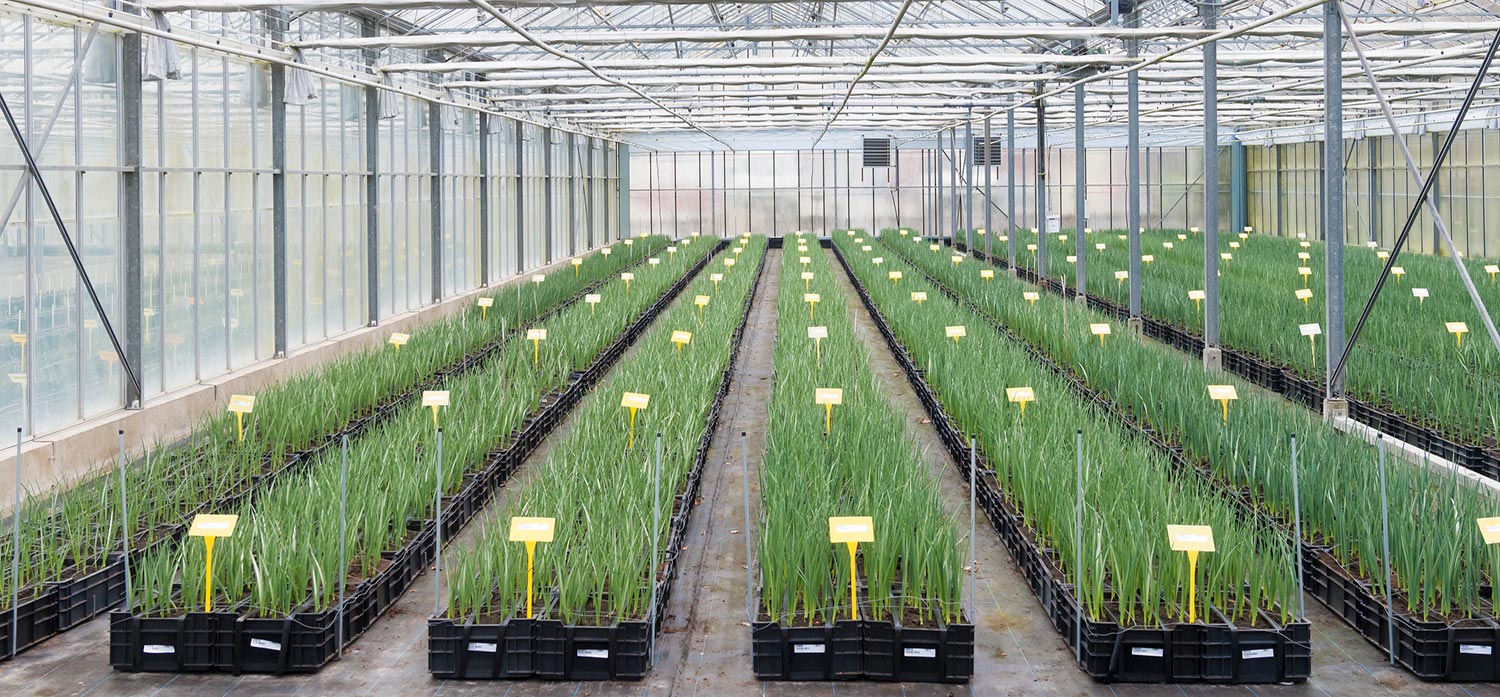
CLASSIFICATION PLAN
Class I, ST & EGE
A flower-bulb classification system is used to assess the quality of a lot of flower bulbs. This identifies the good-quality lots, reduces the use of and trading in mediocre lots, and records or rejects the diseased and poor-quality lots.
There are three quality classes: class I, class ST (Standard) and class EGE (End Use Europe). In order to determine the class for the lot of flower bulbs, growers must arrange for the BKD to perform inspections and tests on their lot. that are laid down in the classification diagram.
A grower decides beforehand which class he or she wishes to achieve. The grower can choose between class ST/EGE (basic inspection) or class I (plus inspection). The grower then follows the BKD’s classification scheme to achieve the best possible classthat is available. This may be done using a comprehensive or a basic scheme. The biggest difference between the two schemes is the planting inspection, where for some crops it is obligatory to be able to achieve class I.
The standards per crop per class are set out in the implementing guidelines for the crop in question.
Comprehensive classification plan
This schedule applies when the crops Soort-Crocus, Gladiolus, Iris hollandica and Tulipa are grown with the aim of achieving class I.
- The planting inspection: During the planting inspection, our qualified inspectors collect planting samples from the growers, which flower in our test greenhouses or test gardens. During this time the samples are judged for their authenticity, viruses, mutations, phytosanitary defects and other anomalies. The inspection results in a provisional classification that helps to determine the further classification. It is not possible to upgrade the provisional classification during the field inspection. However, the norms for the planting inspection are reasonably wide. The grower receives a written report of the results of this inspection.
- The field inspection: During a field inspection, our inspectors walk through the growers’ bulb fields. They make a visual inspection of the crops, looking for any anomalies relating to viruses, species authenticity, quarantine organisms such as pathogens or damage etc. caused by animals. A good-quality purification for the field inspection is needed after the planting inspection, because the field-inspection standards are more stringent for each class. Purification may also improve the following year’s result. Soon after the field inspection, the BKD will send the grower details of the definitive class awarded, along with the accompanying official certificates.
- Tests: additional laboratory tests are required for the crops Tulipa and Lilium before the definitive class can be determined. The relevant tests are stated in the implementing guidelines for the crop in question.
Under this classification plan, the flower bulbs may be assigned to class I, class ST or class EGE.
Basic classification plan
This plan applies for all other crops. A grower can also deploy this plan when the crops Soort-Crocus, Gladiolus, Iris hollandica and Tulipa are being grown with the aim of achieving the class ST/EGE. If desired, the inspection for Hyacinthus can also be supplemented with ‘Selectie/Selection’ (SEL) for stock material (working bulbs).
- The field inspection: During a field inspection, our inspectors walk through the growers’ bulb fields. They make a visual inspection of the crops, looking for any anomalies relating to viruses, species authenticity, quarantine organisms such as pathogens or damage etc. caused by animals. Soon after the field inspection, the BKD will send the grower details of the definitive class awarded, along with the accompanying official certificates.
- Tests: additional laboratory tests are required for the crops Tulipa and Lilium before the definitive class can be determined. The relevant tests are stated in the implementing guidelines for the crop in question.
Under this inspection plan, the flower bulbs can be awarded class I, class ST or class EGE, with the exception of Soort-Crocus, Gladiolus, Iris hollandica and Tulipa, which can only be awarded the class ST or class EGE.



